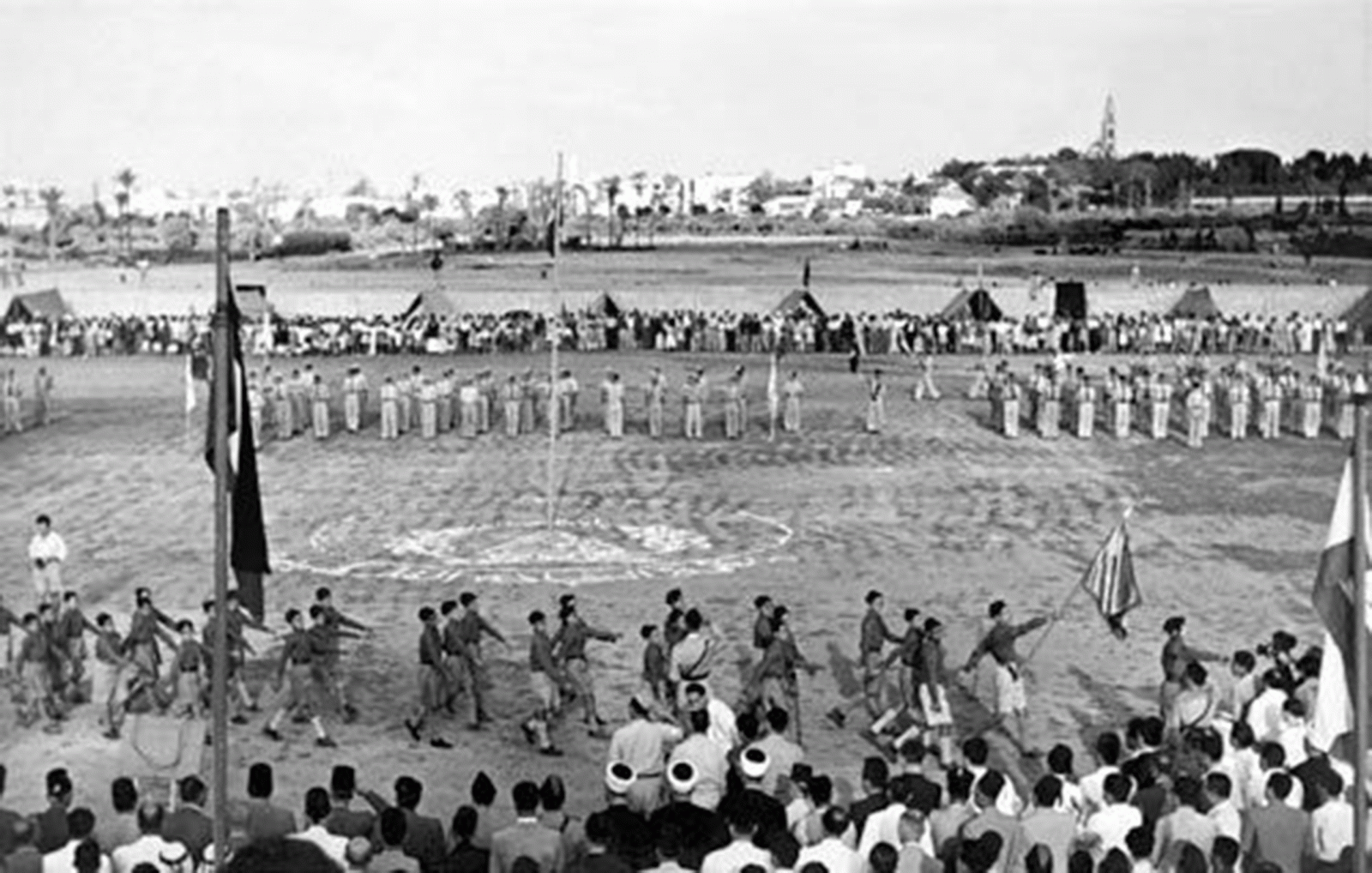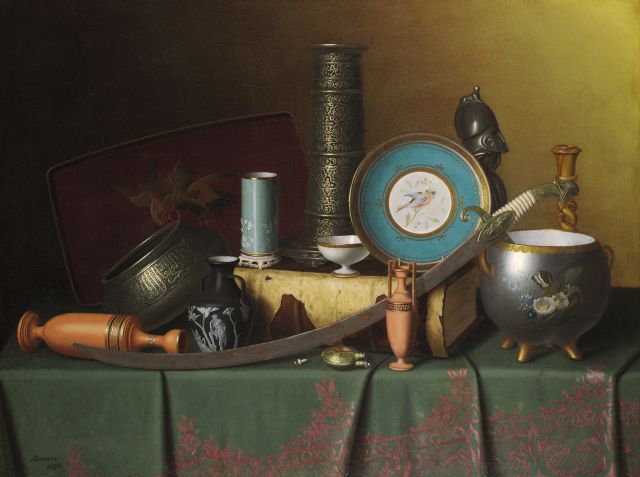Conferenza serale
Rona Sela: Seized, Censored and Buried. Palestinian Archives in Israel
Organized by the Max-Planck-Research Group "Objects in the Contact Zone – The cross-cultural Lives of Things"

The lecture deals with the way military bodies and archives in Israel, including military photography archives subordinate to them, take by force as booty, plunder and preserve (bury) Palestinian archives and images, seize their cultural and national property and control their distribution in the public realm. The lecture will expose the mechanisms of power that built and operated the Israel Defense Forces (IDF) archive, and especially photography and other visual archives, the practices at its base and the oppressive manner in which it reveals or precludes information from the public. The Israeli military archives are based on a multiplicity of power relations, from the way in which information was collected from Palestinian archives, institution, studios and private homes (seizure and plundering, for example FROM PLO organizations in Beirut in 1982, or the Orient House Archive in Jerusalem in 2001), or by individuals who assimilated the language of power (looting), to the way the archives are managed - censorship, restricted viewing and use, avoiding the return of treasures to their owners and the like. The IDF archive controls the information released, decides which research is to be conducted and the data it’s based on, and prevents access to specific material. Since the material available for study in military archives is restricted, censored, and controlled by the archive and its stringent laws, the little I was authorized to research suggests that it is only part of the Palestinian material in military archives. The way in which visual information on the Palestinians is collected in the military archives of Israel, the extent of the material and the implications of its assembly has until today not been researched, this being the first study dedicated to the subject.
The 1948 war led to the destruction of Palestinian existence and culture. Many Palestinian archives disappeared, were destroyed or looted/seized as a result of the war and its implications and as a result of other wars in the region (1967, 1982 etc.). Photographic information of Palestinians and about Palestinians in military archives in Israel as revealed in the lecture exposes some of the material that was lost and the way Israel controls the Palestinian memory and writing of history.
Seized, Censored and Buried is based on MADE PUBLIC – Palestinian Photographs in Military Archives in Israel (http://www.ronasela.com/en/details.asp?listid=45) and on ongoing research.
Dr. Rona Sela is a curator, researcher of visual history and culture and lecturer at Tel Aviv University. She research the history of colonial Zionist/Israeli Photography, as well as Palestinian photography and their social and political aspects. Her work focuses on the visual history of the Israeli and Palestinian conflict and she examines how Zionist and Israeli colonial photography, as one component in a huge mechanism, has been exploited and used for national objectives since the beginning of the 20th century. She exposes the way establishment systems in Israel, for example the national archives, in order to control the other and for ideological purposes, shaping public opinion and establishing world-views, dominate the visual sphere. Sela's research deals with different aspects of photography, art, culture and human rights and with the concept of the archive. She exposes how, by various means of force, Israel seized/looted Palestinian archives/treasurers and the way Israeli national-colonial archives have become a large reservoir of knowledge and Information about the Palestinians, giving Israel control over their history and culture. She deals with the way to build Post-Colonial/de-colonial archives in zones of conflict. Sela has curated numerous exhibitions and published many books, catalogues and articles on these topics. Among them: Photography in Palestine/Eretz-Israel in the 30s and 40s (2000), Six Days and Forty Years (2007), Made Public – Palestinian Photographs in Military Archives in Israel (2009), Chalil Raad, Photographs 1891-1948 (2010) and Effervescence (Unrest) - Housing, Language, History - A New Generation in Jewish-Arab Cities (2013).
04 ottobre 2016, ore 18:00
Kunsthistorisches Institut in Florenz
Max-Planck-Institut
Palazzo Grifoni Budini Gattai
Via dei Servi 51
50122 Firenze
Avviso
Questo evento viene documentato fotograficamente e/o attraverso riprese video. Qualora non dovesse essere d’accordo con l’utilizzo di immagini in cui potrebbe essere riconoscibile, da parte del Kunsthistorisches Institut in Florenz a scopo di documentazione degli eventi e di pubbliche relazioni (p.e. social media) la preghiamo gentilmente di comunicarcelo.



